Are CAR-T therapies living up to their hype? A study using real-world data in two cohorts to determine how well they are actually working in practice compared with bone marrow transplants
18th July 2019
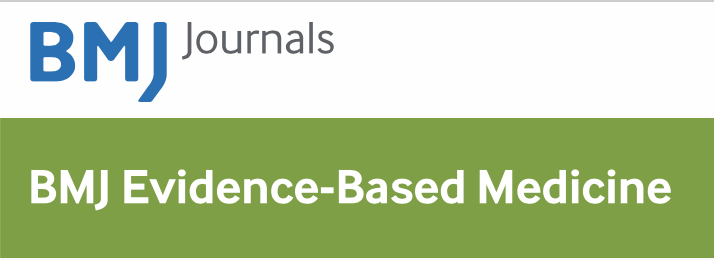 With the increasing demands being placed on HTAs in Europe, a methodology allowing for a valid assessment of the clinical effectiveness and costs for indications targeting small patient populations and orphan conditions, such as ALL, at the time of a reimbursement decision is vital. This is particularly true when the costs of these interventions are significantly high, such as in the case of CAR-T, where costs exceed US$375 000. By extracting RWD from live hospital EHRs, we were able to demonstrate a novel methodology that allows us to move beyond the use of proxies for clinical effectiveness measures extrapolated from clinical trials to obtain an assessment of the long-term outcomes and total costs of new therapies, such as CAR-T, compared with the next-best legacy treatment option.
With the increasing demands being placed on HTAs in Europe, a methodology allowing for a valid assessment of the clinical effectiveness and costs for indications targeting small patient populations and orphan conditions, such as ALL, at the time of a reimbursement decision is vital. This is particularly true when the costs of these interventions are significantly high, such as in the case of CAR-T, where costs exceed US$375 000. By extracting RWD from live hospital EHRs, we were able to demonstrate a novel methodology that allows us to move beyond the use of proxies for clinical effectiveness measures extrapolated from clinical trials to obtain an assessment of the long-term outcomes and total costs of new therapies, such as CAR-T, compared with the next-best legacy treatment option.


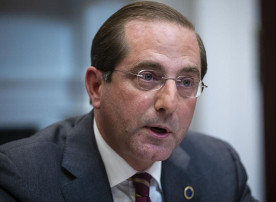
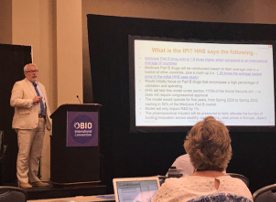
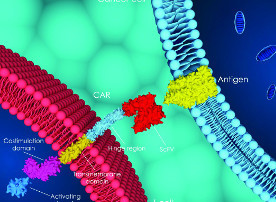
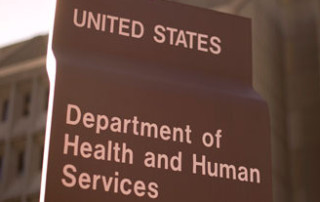


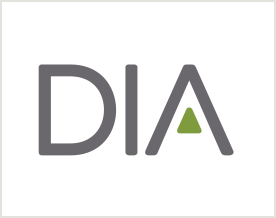 Duane Schulthess, Managing Director of Vital Transformation, and Luca Pani, former Director General of the Italian Medicine's Agency and currently a Faculty Member at the University of Miami, will run a 3 hour and 15 minute Short Course outlining how best to harness RWE to better understand the price, value, and impact of next generation therapies.
Duane Schulthess, Managing Director of Vital Transformation, and Luca Pani, former Director General of the Italian Medicine's Agency and currently a Faculty Member at the University of Miami, will run a 3 hour and 15 minute Short Course outlining how best to harness RWE to better understand the price, value, and impact of next generation therapies. 




